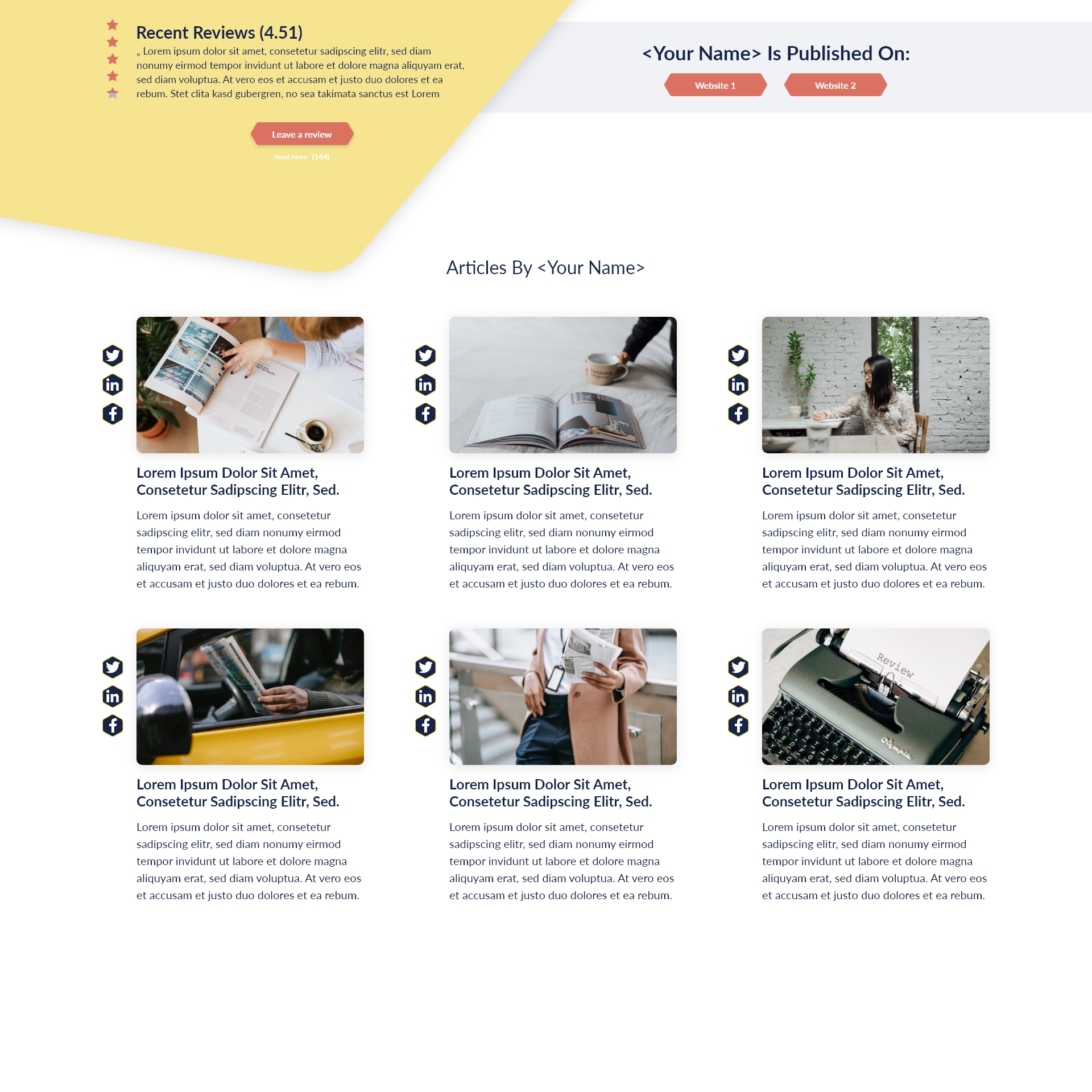Key Takeaways:
- Core leadership qualities are foundational for effective staff relations and organizational success.
- Emotional intelligence is essential for modern leaders seeking to foster trust and engagement.
- Effective communication bridges aspirations and action across teams.
- Balanced decision-making fosters collective ownership and minimizes pitfalls.
- Ethical leadership enhances morale and builds long-term trust among employees.
Discover what sets exceptional leaders apart—unpacking the essential leadership qualities that drive success and inspire teams to new heights. Federal workplace environments are evolving rapidly, and successful staff relations have become increasingly vital for sustaining productivity and organizational growth. Building trust, employee engagement, transparent communication, and strong morale are cornerstones for leaders committed to shaping thriving teams. This guide explores the fundamental leadership attributes that foster these outcomes, empowering leaders to elevate staff relations in any organization.
What Are Core Leadership Qualities and Why Do They Matter?
Exploring Fundamental Traits for Modern Leaders
Modern leaders are defined not just by their technical expertise but by a core set of interpersonal and intrapersonal qualities. Trustworthiness, emotional intelligence, adaptability, and decisiveness create a leadership framework that empowers teams to excel. In environments like the federal workforce, these skills also strengthen resilience during times of uncertainty. Leaders who prioritize open-mindedness, accountability, and integrity are more likely to connect authentically with their teams, encouraging collaboration and innovation.
The Impact of Leadership Qualities on Team Performance
Team performance is deeply influenced by the leader’s character and behavior. Employees who observe consistency between what leaders say and do feel more secure and involved at work. This sense of reliability elevates engagement and morale. When trust exists, individuals contribute ideas more freely and are more receptive to guidance. Leaders who model authenticity and inclusivity create organizational cultures where employees are empowered to challenge norms, adapt to change, and exceed expectations.
Developing Emotional Intelligence for Leaders: The Cornerstone of Effective Leadership
Emotional Intelligence vs. Traditional Leadership Skills
Historically, leaders were evaluated by their command of procedures and expertise. Today, emotional intelligence (EI) is recognized as a vital leadership skill. EI involves the capacity to recognize, understand, and manage one’s own emotions, as well as those of others. While traditional skills focus on management and task execution, EI drives engagement, lowers conflict, and increases collaboration. By incorporating emotional awareness, federal leaders navigate complex interpersonal dynamics and create environments where individuals feel valued and understood.
Practical Exercises to Boost Emotional Awareness
Improving EI starts with self-reflection. Leaders can practice mindfulness, journal their responses to daily challenges, and solicit candid feedback from peers. Regularly evaluating one’s own emotional triggers helps leaders respond thoughtfully instead of reactively. Another effective exercise involves active listening activities, which enable leaders to become more attuned to team members’ perspectives. Empathy can be strengthened by role-playing scenarios that focus on understanding others’ emotions. Over time, these practices help leaders make decisions that resonate with both individual and team interests.
Effective Communication Skills for Managers: Bridging Vision and Action
Key Communication Challenges Managers Face
Even experienced managers encounter communication barriers. Misunderstandings can arise from unclear instructions, insufficient feedback, or assumptions about team members’ needs and expectations. In addition, remote and hybrid working arrangements can lead to reduced visibility and reliance on digital communication, increasing the risk of misinterpretation. These challenges can hinder project progress and diminish cohesion across teams.
Tools and Techniques for Enhancing Team Communication
Clear, consistent messages are critical. Successful leaders structure communications that are concise, direct, and aligned with the organization’s mission. Federal leaders often benefit from open-door policies, fostering an environment where employees are encouraged to share feedback and voice concerns. Regular team meetings with opportunities for open dialogue also improve transparency. Visual aids, summaries, and check-ins ensure that everyone understands key messages and expectations. Communication platforms tailored to federal environments, such as secure chat or project management systems, further streamline interactions.Decision Making in Team Leadership: Balancing Intuition and Analysis
Common Decision-Making Pitfalls and How to Avoid Them
Leaders often face a variety of choices, each with its own set of risks and uncertainties. Relying too heavily on intuition can lead to bias, while becoming paralyzed by analysis can delay critical decisions. Other pitfalls include failing to gather sufficient information, disregarding employee input, or overlooking long-term implications. To avoid such errors, successful leaders seek data, consider diverse viewpoints, and maintain an open mind about unconventional solutions.
Collaborative Approaches to Team Decision Making
Inviting team members to participate in decision-making processes fosters a sense of ownership and accountability. Leaders can use brainstorming sessions or structured feedback mechanisms to draw out creative solutions. Collaborative approaches not only enrich the decision pool but also strengthen trust within the team. When employees witness their perspectives influencing outcomes, morale rises and collective buy-in accelerates project success.
Visionary Leadership Examples: Learning from Trailblazing Leaders
Case Studies of Visionary Leaders in Action
Esteemed leaders in both public and private sectors consistently demonstrate an ability to anticipate change and inspire their teams to pursue a shared vision. For example, federal executives who introduced forward-thinking programs—like flexible work schedules or wellness initiatives—often encountered initial resistance. However, by persisting with clear rationale and demonstrating personal commitment, these leaders achieved impressive gains in employee satisfaction and organizational resilience.
How to Cultivate a Visionary Mindset
Adopting a visionary approach involves setting ambitious yet achievable goals. Leaders should engage in long-term strategic planning, while continuously scanning for emerging opportunities within and beyond their field. Regular self-education, mentorship, and participation in cross-functional projects also fuel creativity. By seeking continuous improvement and staying attuned to workforce needs, federal leaders can transform challenges into avenues for advancement.
Integrating Ethical Leadership Characteristics in Daily Practice
Defining Ethical Leadership in the Modern Workplace
Ethical leadership is grounded in honesty, fairness, and an unwavering commitment to doing what is right. In the federal sector, integrity is paramount, as public trust depends on ethical conduct at every level. Such leadership involves transparent decision-making, equitable treatment of all team members, and open acknowledgment of mistakes. By modeling these standards, leaders foster a climate of trust and respect.
Building Trust as a Team Leader Through Ethical Choices
Trust is built through consistency, accountability, and transparent actions. Leaders who communicate clearly about expectations and follow up on commitments demonstrate reliability. When errors occur, responding with openness and solutions-oriented dialogue supports a culture of growth rather than blame. Ethical choices are reinforced daily through fair evaluations, inclusive opportunities, and recognition of individual contributions. Federal leaders who prioritize ethical considerations set the foundation for enduring staff relations success.








